What Causes Cubital Tunnel Syndrome?
The ulnar nerve leaves the arm and crosses into the forearm by means of a tunnel along the medial potion of the elbow known as the cubital tunnel. On account of the anatomic features of the cubital tunnel, the ulnar nerve is susceptible to injury as it travels through it. The floor of the tunnel is made of a channel cut into the bones of the medial elbow (the humerous and ulna) called the postcondylar groove. The roof of the tunnel is made of a group of ligaments known collectively as the medial collateral ligament. The portion of the ulnar nerve that travels in this tunnel is subject to injury in two major ways. First, the nerve is not protected by any muscle in this region which makes it vulnerable to direct trauma (e.g. hitting your funny bone). Second, as the elbow flexes and extends the dimensions of the canal change. The canal becomes smaller when the elbow is flexed leading to compression or the ulnar nerve between the bones and ligaments that comprise the cubital tunnel.
Once the ulnar nerve exits this tunnel it supplies sensation the medial one third of the hand as well as innervating the many of the muscles responsible for fine finger movements and wrist flexion. Injury to the ulnar nerve in this location results in the symptoms of pain, numbness and hand weakness or clumsiness that characterize cubital tunnel syndrome.
How Is Cubital Tunnel Syndrome Diagnosed?
The key to diagnosing ulnar nerve compression in the cubital tunnel is detailed history and physical examination. Patients frequently describe behaviors or activities involving repetitive elbow strain, providing a mechanism for nerve injury. Also the numbness and loss of sensation in the hand follows a very characteristic pattern since it is usually restricted to the little finger, the ring finger and half of the middle finger. Also patients with more advanced disease will have weakness and atrophy of specific muscle groups in the hand. In severe forms of unlar nerve injury the hand may actually become physically deformed, known as claw hand deformity, due to severe muscle weakness. Once the diagnosis of cubital tunnel syndrome is suspected, an electromyogram (EMG) and nerve conduction velocities (NCV) can be obtained as conformation.
How Is Cubital Tunnel Syndrome Treated?
Mild forms of cubital tunnel syndrome may resolve with activity modification, rest, and anti-inflammatory medication. Should symptoms persist or progress in severity, surgical decompression of the ulnar nerve is often advocated. The goal of surgery is to alleviate the pressure placed on the ulnar nerve as it passes through the cubital tunnel.




